Rammed Earth Building Explained
Self-builders going green generally add solar panels to the roof, erect a wind turbine or install a rainwater-harvesting system. But some are now also using rammed earth techniques to build the structure of their homes.
What is rammed earth?
Rammed earth building simply means compacting soil into the formwork of the walls of the building, using subsoil rather than topsoil.
It’s a similar principle to adobe construction methods, but the look of the building is much more conventional. Soil particle size can range from gravel to clay, although the main ingredient is usually sand.
If formed properly, rammed earth can be as effective for curves and arches as for straight walls.
How does rammed earth work?
The formwork is set up to create the desired shape of the building and damp earth is poured into this structure at a depth of about 10-25cm (4-10ins) thick.
This is then compressed with a tamper (pneumatic or manual), and the process is repeated until the wall reaches the desired height. When the formwork is removed, any exposed walls are then sealed to prevent water damage.
The modern take on traditional rammed earth is to construct it on top of conventional footings or a reinforced concrete base, sometimes with a horizontal layer of Styrofoam for extra ground insulation.
Once cured, the walls are very workable – it is easy to drive a nail or screw into them, and they can be patched easily if necessary.
What are the advantages of rammed earth?
CO² Emissions: rammed earth construction massively reduces CO² emissions because there is no need to fire bricks in a kiln, and using the soil directly from the site also ensures very low carbon emissions.
However, you should check whether your site will produce enough soil for your needs. You may need to add cement to your aggregate.
Thermal Performance: rammed earth walls absorb the sun’s warmth during the day and release it slowly into the building at night. This reduces the energy required for heating your home, meaning lower energy bills.
Natural Home: rammed earth naturally regulates the internal relative humidity of the building for better air quality. As the material soil is breathable, it’s good for the environment and good for your health.
Further information
To learn more about rammed earth building techniques, why not visit the Centre for Alternative Technology (CAT) in Wales, which boasts the highest rammed earth wall in the UK standing at 7.2m (23.5ft) high.
They also hold regular workshops, including Building With Earth and Appropriate Building Materials and Methods, which cover the techniques involved in building rammed earth structures.
You could also head to the Genesis Project at Somerset College of Arts and Technology in Taunton, which aims to highlight cutting-edge innovations in sustainable construction, including a series of ‘pavilions’ made out of rammed earth, straw bale, clay and timber with living roots.
Main image: The walls of the Centre for Alternative Technology in Powys, Wales, were constructed using rammed earth



















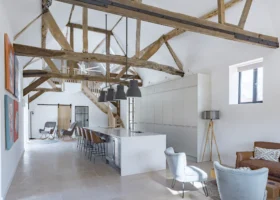















































































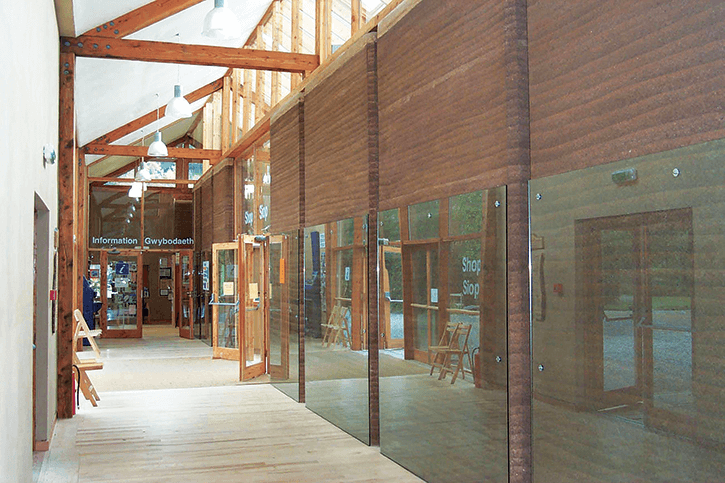
 Login/register to save Article for later
Login/register to save Article for later


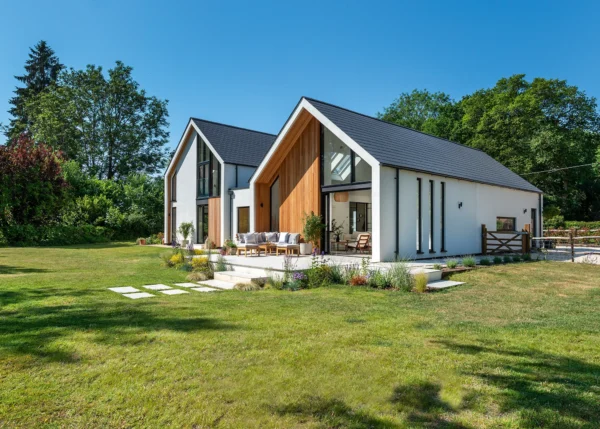
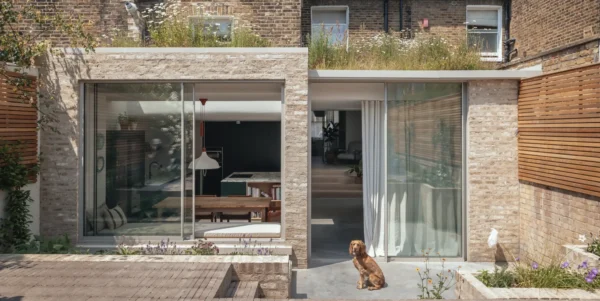
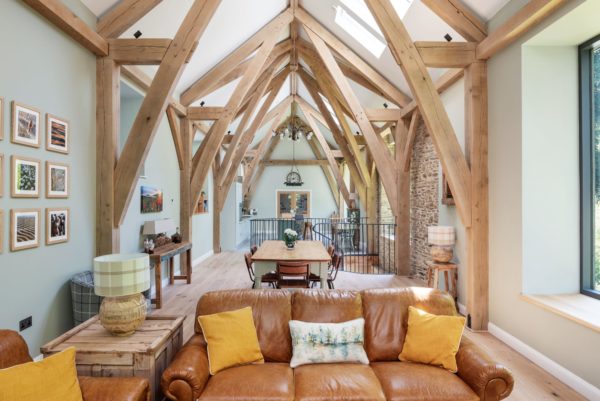
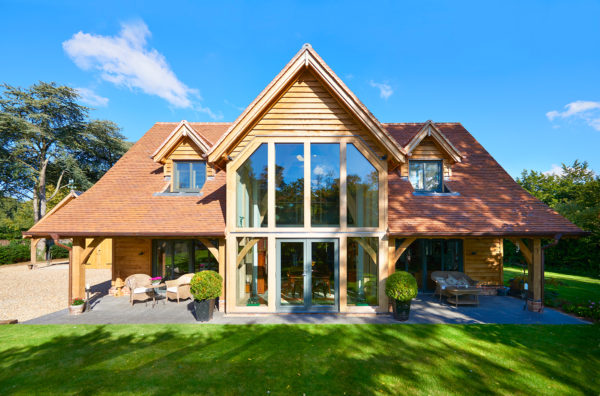
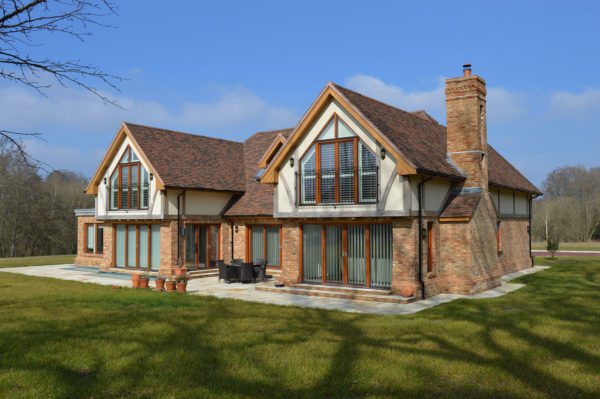
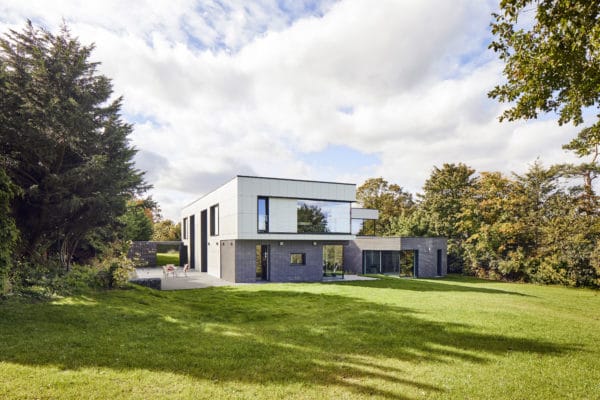




Comments are closed.